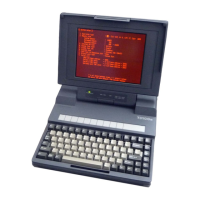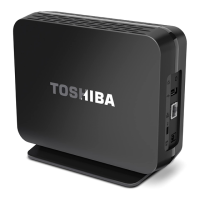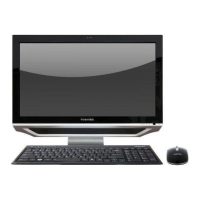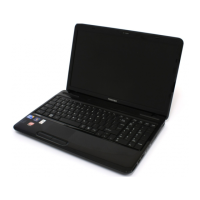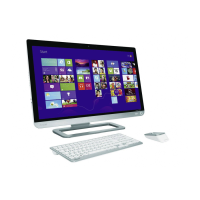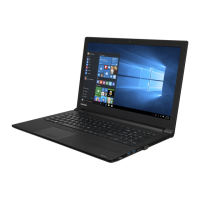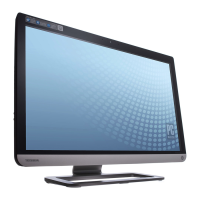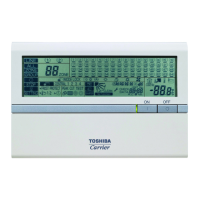
Do you have a question about the Toshiba BMS-SM1280ETLE and is the answer not in the manual?
Details the meaning of DANGER, WARNING, and CAUTION labels used for safety.
Clarifies the meaning of safety symbols like '!' and triangle for warnings and cautions.
Describes core features: monitoring, control, scheduling, and warning lists for air conditioners.
Outlines specifications for TCC-LINK, RS-485, and Ethernet communication protocols.
Guides on physical mounting and correct orientation of the power unit.
Specifies required clearance for cable inlets and maintenance access.
Illustrates the wiring connections for the Energy Monitoring Relay Interface.
Illustrates the wiring connections for the Digital Input/Output Relay Interface.
Details the configuration of DIP switches on the Smart Manager unit.
Covers address and terminator resistor switch settings for relay interfaces.
Explains switching between central control and remote control modes via DIP switch.
Describes selecting and configuring control groups for specific zone ranges.
Defines a zone as a collective control unit for multiple indoor units.
Provides procedures for registering and canceling groups within zones.
Explains the function of automatically adjusting temperature to prevent extremes.
Details how to configure return-back time and temperature settings for heating/cooling.
Outlines necessary steps like discussing details and creating system diagrams.
Describes checks for startup, energy meter input, fire alarm, and successful logon.
Lists essential items to verify before commencing a test run, including wiring and settings.
Details the steps for checking controller operation and line/group displays.
Covers checks for PC connection, air conditioner display, and interface connectivity.
Focuses on verifying Digital Input/Output and Energy Monitoring Relay Interface connections and signals.
Details checks for power distribution data recording and scheduled operation output.
Lists error codes, descriptions, and actions for diagnosing system issues.
Addresses issues like logon screen not displaying and inability to log on.
Covers problems with web screen display speed, login behavior, and browser issues.
Details issues with scheduled operations, remote control, and schedule display problems.
Addresses problems related to IP address changes, controller display errors, and installation issues.
Guides on identifying and resolving communication errors with digital and energy interfaces.
Verifies network connectivity, IP addresses, and TCC-LINK wiring integrity.
Details checks for RS-485 communication status and signal circuit operation.
Provides methods to identify defective parts based on error codes C06, S06, and S07 occurrences.

